Prepare Your Chimney for Hurricane Season: A Guide
As residents of Houston, TX, we’re no strangers to the havoc that hurricanes can wreak on our homes and communities. When we know one is coming, we know to focus on securing windows, doors, and outdoor furniture, as well as ensure any emergency supplies are readily accessible. Unfortunately, one aspect that’s often overlooked is the chimney.
Chimneys are especially vulnerable during severe weather conditions – and neglecting them could lead to significant damage. The good news is that there are things you can do to prepare your chimney for hurricane season. And if you have any questions along the way? The Lords Chimney team is here to help. Call or book online today.
✓ Get Your Chimney Inspection Booked
Regular chimney inspection services are essential year-round, but become particularly crucial before hurricane season. Hire a professional chimney company, like us, to inspect your chimney for any signs of damage or deterioration.
We can check for loose bricks, cracks in the mortar, damaged flue liners, and anything else that might make your chimney more vulnerable. Then, we’ll ensure you have everything you need to stay as protected as possible.
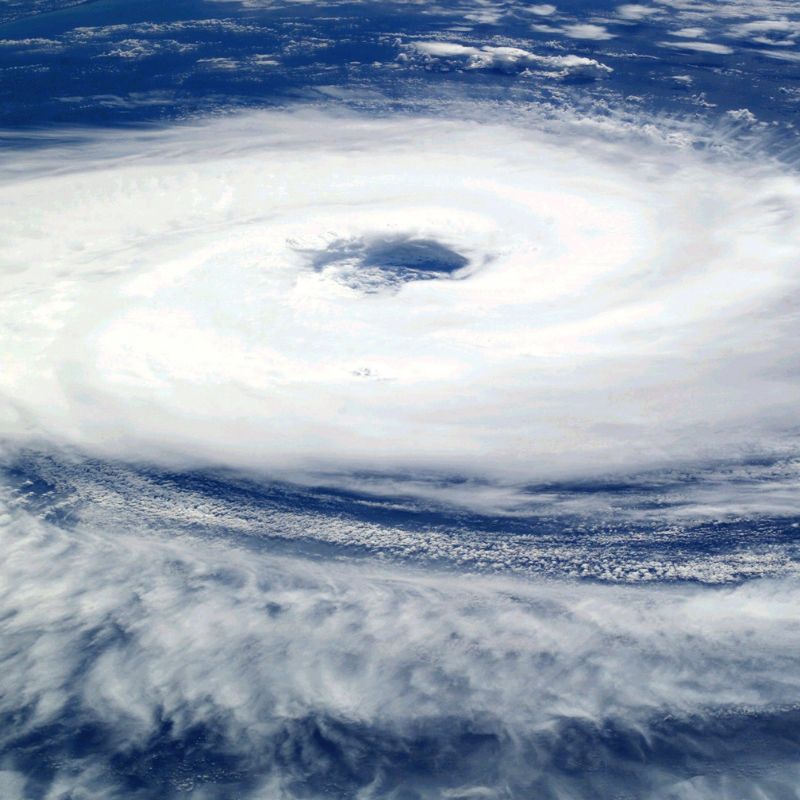
Another big perk of booking this maintenance now? If you book an inspection right before a hurricane – or other big storm – hits, it increases the likelihood of getting insurance coverage for any hurricane-related damages. You’ll have proof that, before the storm, the chimney was in good condition…and that any damage was in fact a result of the hurricane.
✓ Invest in a Quality Chimney Cap
The chimney cap plays a crucial role in protecting your chimney from moisture, debris, and wildlife intrusion. Before hurricane season, inspect the chimney cap for any signs of damage or deterioration. Ensure that it’s securely attached to the chimney structure and that the mesh screen is intact to prevent debris buildup. When we come to perform your inspection, we’ll make sure to ensure all looks well, or recommend a suitable replacement, if needed.
You might also consider investing in a high-quality, hurricane-rated chimney cap designed to withstand strong winds and heavy rain. Properly securing the chimney cap will help safeguard your chimney and prevent costly repairs, so be sure to rely on a crew expert to install your new cap.
✓ Make Sure Your Chimney Flashing Is Secure
Flashing is the metal that guards the area where your roof and chimney meet up. Ensuring that the flashing around your chimney is secure before a hurricane is essential for several reasons:
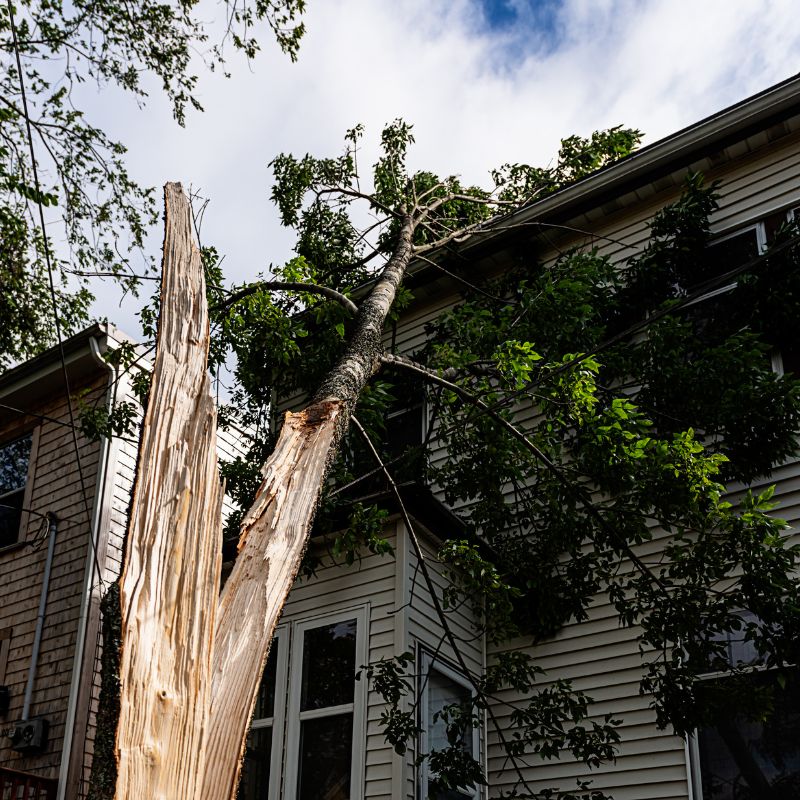
- Preventing Water Intrusion: Flashing is installed to create a watertight seal between the chimney and the roof. If the flashing is loose or damaged, it can allow water to seep into your home during heavy rainfall associated with hurricanes.
- Minimizing Structural Damage: Loose or damaged flashing can compromise the structural integrity of your chimney and roof. During a hurricane, strong winds can exert significant force on your home’s exterior, including the chimney.
- Preventing Chimney Leak Damage: In addition to protecting your roof, secure flashing helps prevent chimney leaks. If water is allowed to penetrate the area around the chimney due to loose or damaged flashing, it can seep into the chimney structure and cause damage to the masonry, flue liner, and surrounding materials.
- Preserving Energy Efficiency: Properly installed and secure flashing also contributes to the energy efficiency of your home. During a hurricane, strong winds can create drafts and air leaks around the chimney if the flashing is not adequately sealed.
✓ Clear Surrounding Debris
During hurricane season, outdoor debris can become airborne projectiles, posing a threat to your chimney and home. Take the time to clear any branches, leaves, or other debris from around your chimney to minimize the risk of damage. Trim overhanging branches that could potentially fall onto the chimney during a storm. Additionally, secure any loose outdoor furniture or equipment that could be swept up by high winds and cause damage to your chimney or roof.
Is Chimney Hurricane Damage Covered By Insurance?
Whether chimney hurricane damage is covered by insurance depends on the specific policy you have and the extent of the damage. In general, most homeowners insurance policies provide coverage for damage caused by hurricanes, including damage to your chimney, as long as it is considered a covered peril.
Review your homeowners insurance policy to understand what types of perils are covered, and remember that, even if chimney damage is covered under your policy, there may be limits to the coverage amount and deductibles that apply.

In addition, some homeowners insurance policies may have exclusions for certain types of damage or circumstances. For example, if the damage to your chimney is determined to be the result of neglect or lack of maintenance rather than the direct impact of the hurricane, it may not be covered. Similarly, if your chimney was already in poor condition prior to the hurricane, insurance coverage could be denied. (This is why booking those pre-disaster inspections is such a must!)
Note: If your chimney sustains damage during a hurricane, document the damage thoroughly by taking photographs and keeping records of any repairs or estimates. Contact your insurance company as soon as possible to file a claim and follow their instructions for the claims process. Be prepared to provide evidence of the damage and cooperate with any inspections or assessments required by your insurer.
Prepare for the Worst With Lords Chimney
Preparing your chimney for hurricane season is a vital aspect of home maintenance here in the Houston, TX area. By taking proactive steps to inspect, reinforce, and secure your chimney, you can minimize the risk of damage and ensure your family’s safety during severe weather events.
Enlist the help of our qualified chimney professionals for inspection and maintenance tasks, and stay informed about emergency procedures in case of evacuation. With proper preparation and care, your chimney can weather the storm and continue to provide warmth and comfort for years to come. Ready to get started? Call or schedule online with us now.

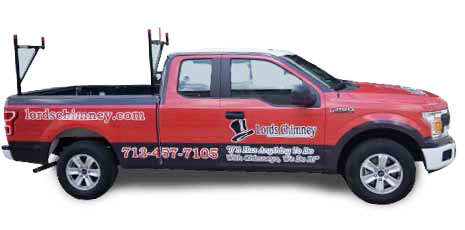
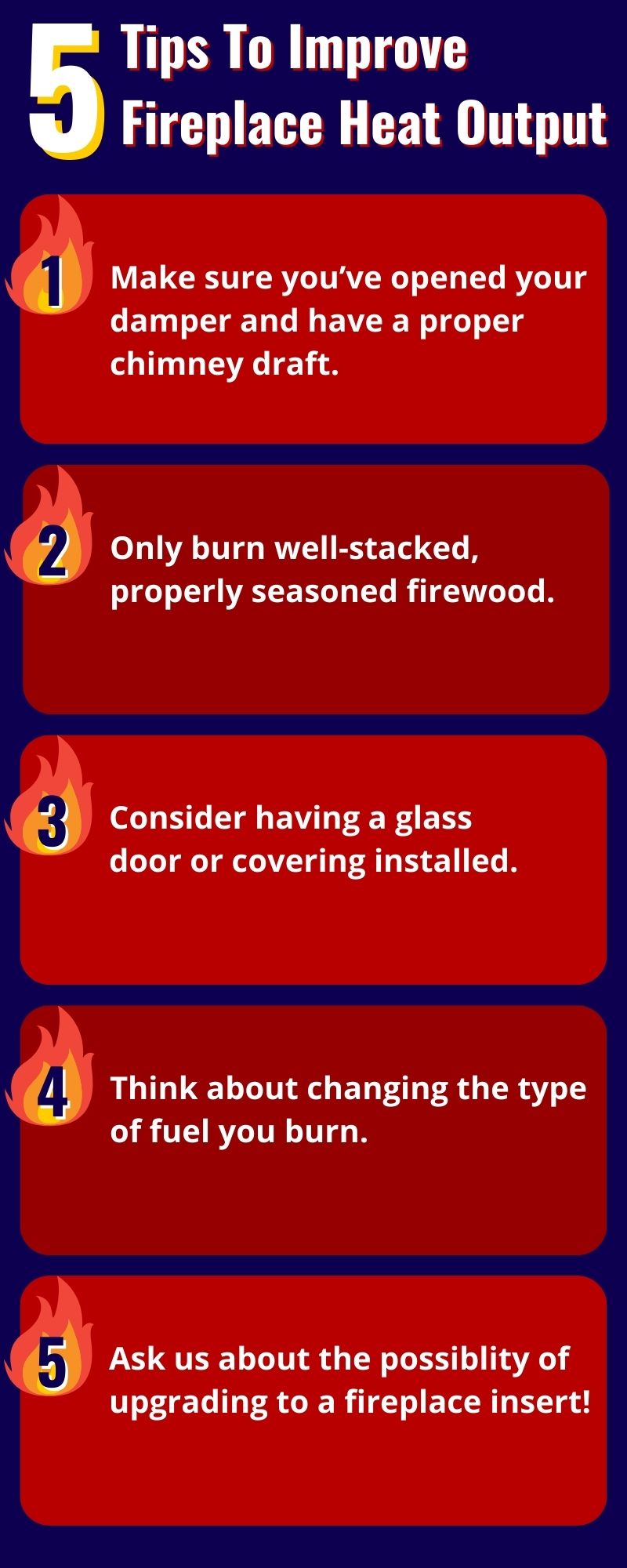
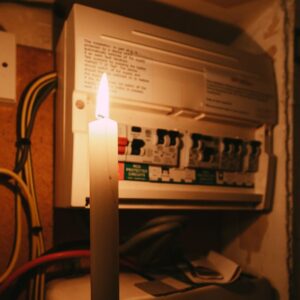 To combat the dark, we have created a lot of things that provide us light – even in dark places. Walk into a dark room, flip a switch, and suddenly you can see everything. Even, the average neighborhood provides pedestrians enough light to take walks at night along well-lit sidewalks and streets. Light is everywhere and it provides us safety.
To combat the dark, we have created a lot of things that provide us light – even in dark places. Walk into a dark room, flip a switch, and suddenly you can see everything. Even, the average neighborhood provides pedestrians enough light to take walks at night along well-lit sidewalks and streets. Light is everywhere and it provides us safety.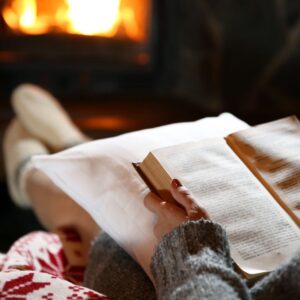 Flashlights & Batteries:
Flashlights & Batteries:  Russia boasts a unique New Year’s Eve tradition involving fire. According to Russian belief, the initial chime of midnight acts as a gateway to new beginnings, presenting individuals with a single chance to entreat the universe for their most cherished wish.
Russia boasts a unique New Year’s Eve tradition involving fire. According to Russian belief, the initial chime of midnight acts as a gateway to new beginnings, presenting individuals with a single chance to entreat the universe for their most cherished wish. The most important holiday in Scotland is
The most important holiday in Scotland is 